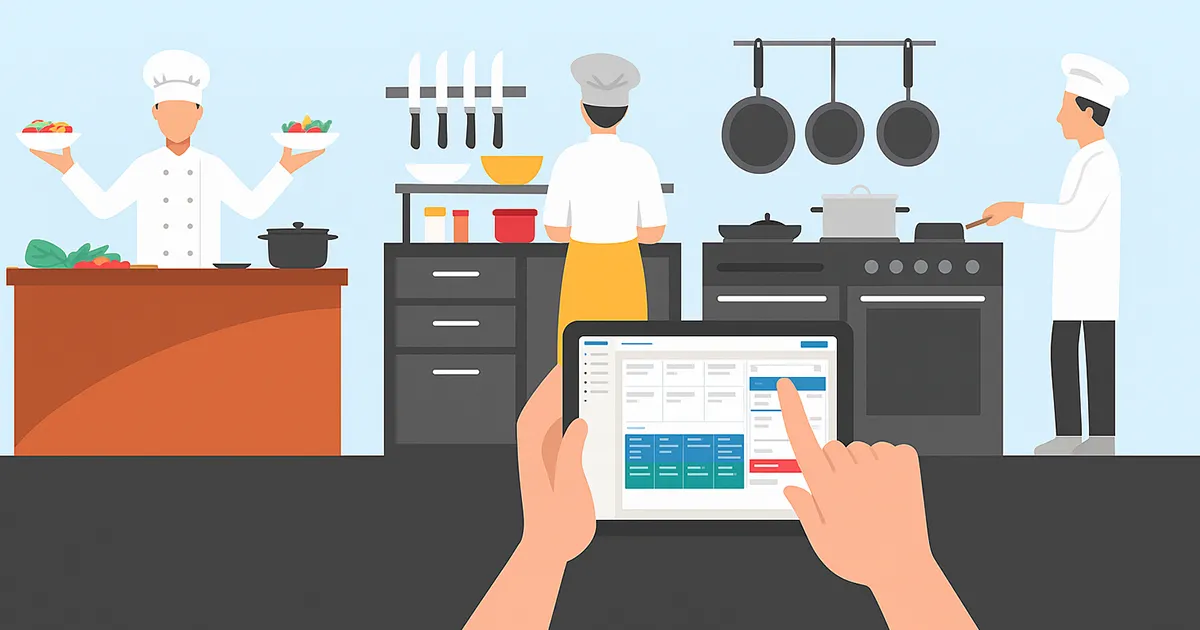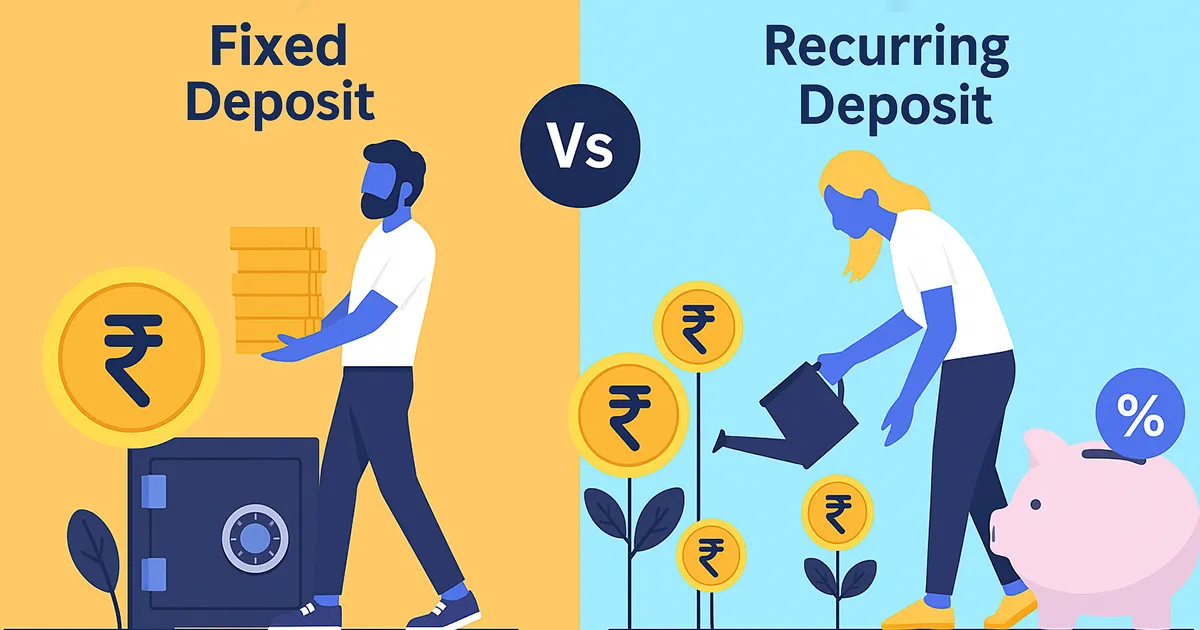
Setting up your kitchen, joining Swiggy or Zomato, and taking a few orders might feel like progress. But in today’s cloud kitchen space, getting discovered is often harder than cooking great food.
With thousands of restaurants and home kitchens competing for the same screen space, customers rarely scroll past the first few listings. Discounts, faster deliveries, and established brands dominate app rankings, leaving newer kitchens buried deep in search results.
Many cloud kitchens don’t fail because of poor quality—they fail because no one knows they exist.
This guide focuses entirely on what makes a cloud kitchen visible, trusted, and profitable — even in the most crowded markets. Whether you’ve just launched or you’re stuck at inconsistent order volumes, these actionable strategies will help you attract new customers, create loyal regulars, and build sustainable growth.
When customers open a food delivery app, they don’t browse for long. In most cases, they pick from the first few listings that show up. If you’re not among those top results, you’re invisible to a large portion of potential buyers.
Unlike traditional restaurants where location and foot traffic bring natural customers, cloud kitchens must manufacture their own visibility.
Delivery app algorithms prioritize:
If you’re new to cloud kitchens or still setting up your operational model, make sure you’ve chosen the right structure first. We’ve broken down every type of cloud kitchen model — from home kitchens to shared spaces — in Which Cloud Kitchen Model Fits You — Choosing the Right Blueprint for Success. Start there if you haven’t already clarified your kitchen type.
Simply put: your visibility is controlled both by how your business operates and how you market it.
Before anyone tastes your food, your brand presentation decides whether they click your listing or scroll past it. On aggregator apps, branding is your storefront. On Instagram or Google, it’s your credibility.
Generic names like “Tandoori Express” or “Biryani Point” blend into hundreds of similar listings. Instead, choose a name that:
Your Swiggy/Zomato page, Instagram, Google Business Profile, and packaging should all feel like they belong to the same brand. This consistency builds trust, especially for first-time buyers.
If you’re still unclear on how to set up your cloud kitchen from home or whether you need a physical outlet, we’ve created a full step-by-step launch plan in How to Start a Profitable Cloud Kitchen from Home in India (A Complete Beginner’s Guide) — which covers everything you need to get operational.
Your menu goes beyond listing dishes — it shapes your profit, visibility, and customer loyalty.
Many first-time kitchens try to offer too much too soon. That confuses both the customer and the delivery app algorithms.
Your competition isn’t only price—it’s how valuable your offerings appear to customers. A few smart pricing moves:
We cover profit calculation, recurring costs, and financial structure in much more detail in Legal & Financial Checklist Before You Launch Your Cloud Kitchen in India. If you want to price correctly and avoid hidden losses, read that guide as well.
Some dishes just don’t travel well. Avoid items that get soggy, leak, or degrade after 30 minutes. Optimize your menu based on:
Doing so lowers complaints while improving ratings and encouraging repeat business.
In cloud kitchens, packaging isn’t just functional — it’s your physical brand presence. Since customers don’t visit you in person, the first thing they touch is your box, bag, and seal.
Why Packaging Is Your Silent Marketer:
Practical Packaging Strategies:
A well-packaged order not only ensures fewer complaints but often results in positive reviews, which directly impact your app ranking — something we’ll cover next.
Your Swiggy and Zomato ratings heavily influence your search visibility. The algorithm gives preference to:
Without strong reviews, even great food struggles to gain new customers.
How to Proactively Build Ratings:
Dealing with Negative Reviews:
Retention Tip:
Once you win a customer, aim to retain them via direct contact (WhatsApp, loyalty programs, exclusive offers). A loyal repeat customer reduces your dependency on aggregator promotions and commissions.
While aggregator apps help you acquire customers, they own the platform, not the audience. To future-proof your kitchen, you need to build an independent customer base using social media and local marketing.
Build a Presence Outside Aggregators:
Balancing your visibility between owned audiences (social, Google, WhatsApp) and aggregator platforms protects your business from over-dependence on commission-heavy delivery apps.
In cloud kitchens, your toughest competition is invisibility, not bad food.
You can run the best recipes in town and still struggle if people can’t easily find you, remember you, or trust your brand over others offering steep discounts and thousands of reviews.
That’s why smart marketing isn’t about shouting louder—it’s about building layered visibility across apps, social media, search, and local communities.
The kitchens that survive aren’t always the best cooks—they’re the best at building systems that create visibility, trust, and loyalty.
Start with a solid foundation, invest consistently in smart marketing, and let your visibility compound over time. Once customers start seeing your name everywhere — on Google, Instagram, delivery apps, and word of mouth — your food will do the rest.
Share with like-minded people!
Lorem Ipsum is simply dumy text of the printing typesetting industry lorem.

Marketing your cloud kitchen isn't just about discounts. This guide shows you how to build brand visibility, attract loyal customers, and drive consistent growth even in competitive delivery markets.

Before your cloud kitchen starts taking orders, you need more than just great food. This complete legal and financial checklist helps you secure licenses, handle taxes, set up accounts, and avoid the most common mistakes that cause new kitchens to fail.

Starting a microgreens business? Don’t repeat the usual mistakes. This guide reveals why many fail—and what you can do differently to succeed.

Starting a microgreens business? Don’t repeat the usual mistakes. This guide reveals why many fail—and what you can do differently to succeed.

Starting a microgreens business? Don’t repeat the usual mistakes. This guide reveals why many fail—and what you can do differently to succeed.

Starting a microgreens business? Don’t repeat the usual mistakes. This guide reveals why many fail—and what you can do differently to succeed.